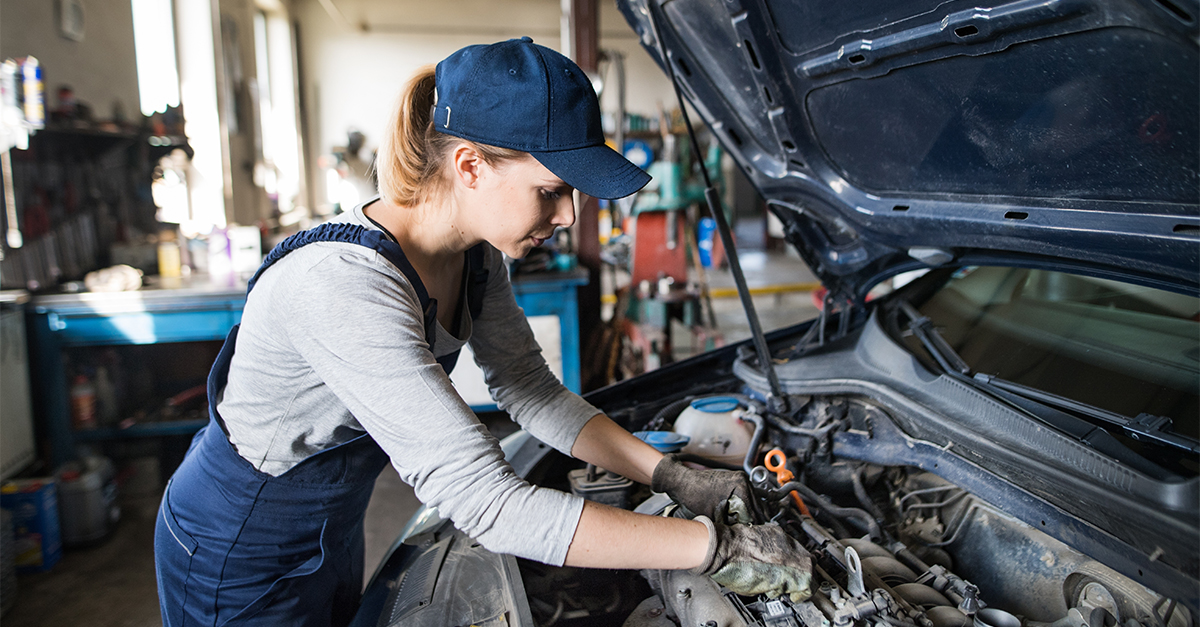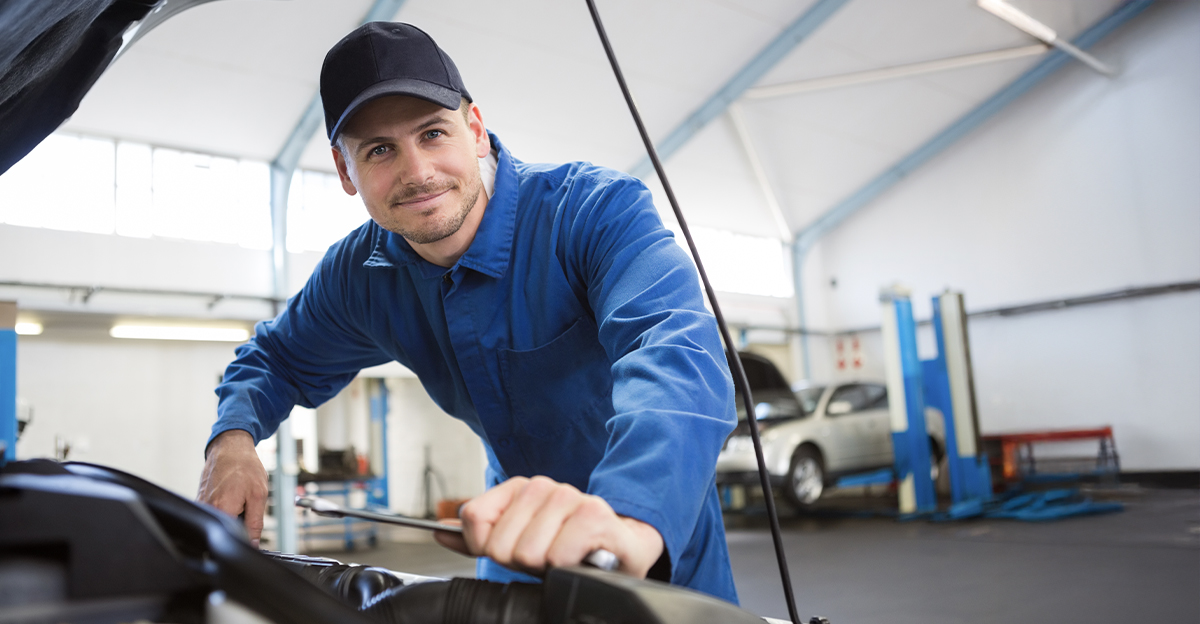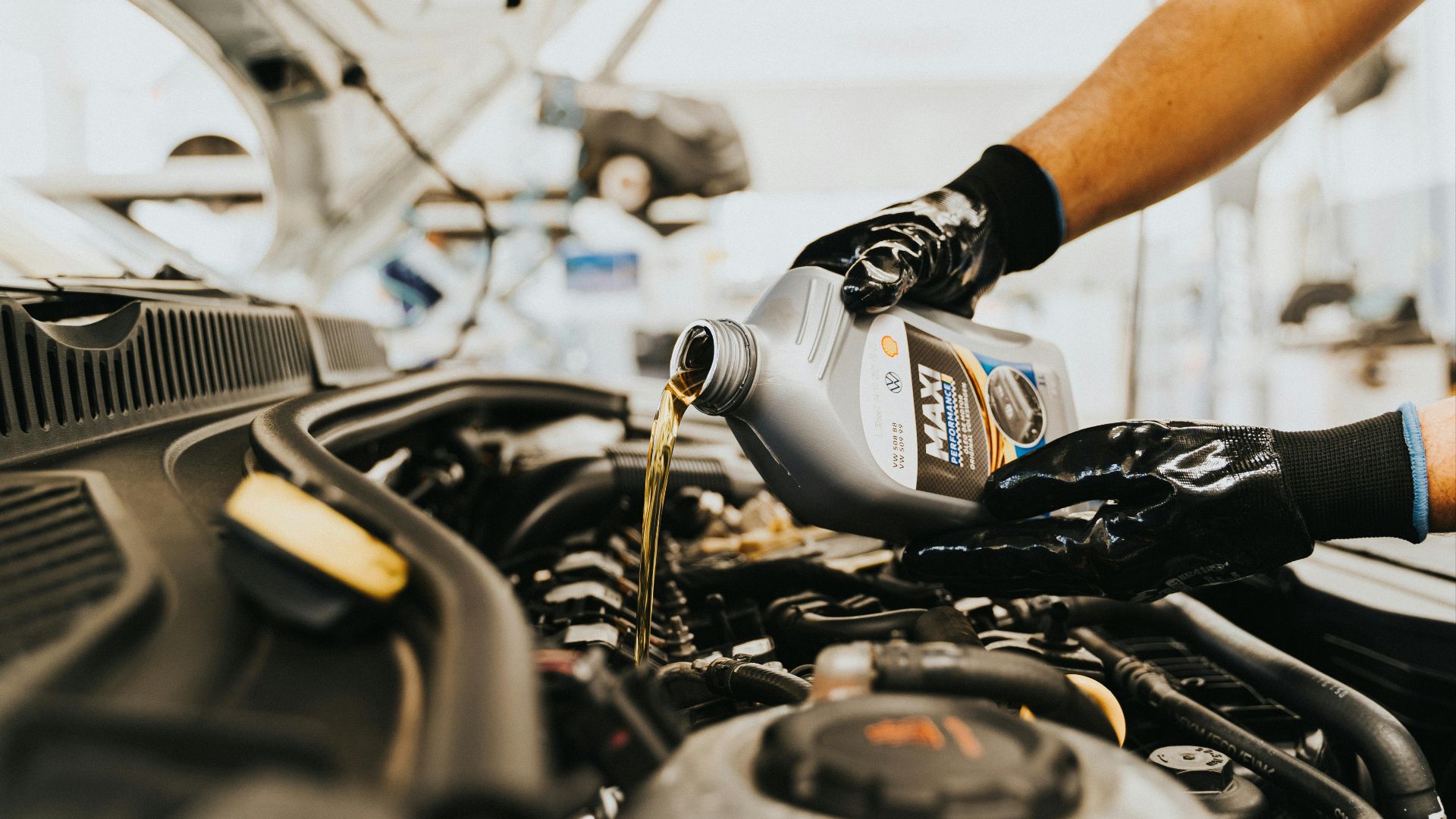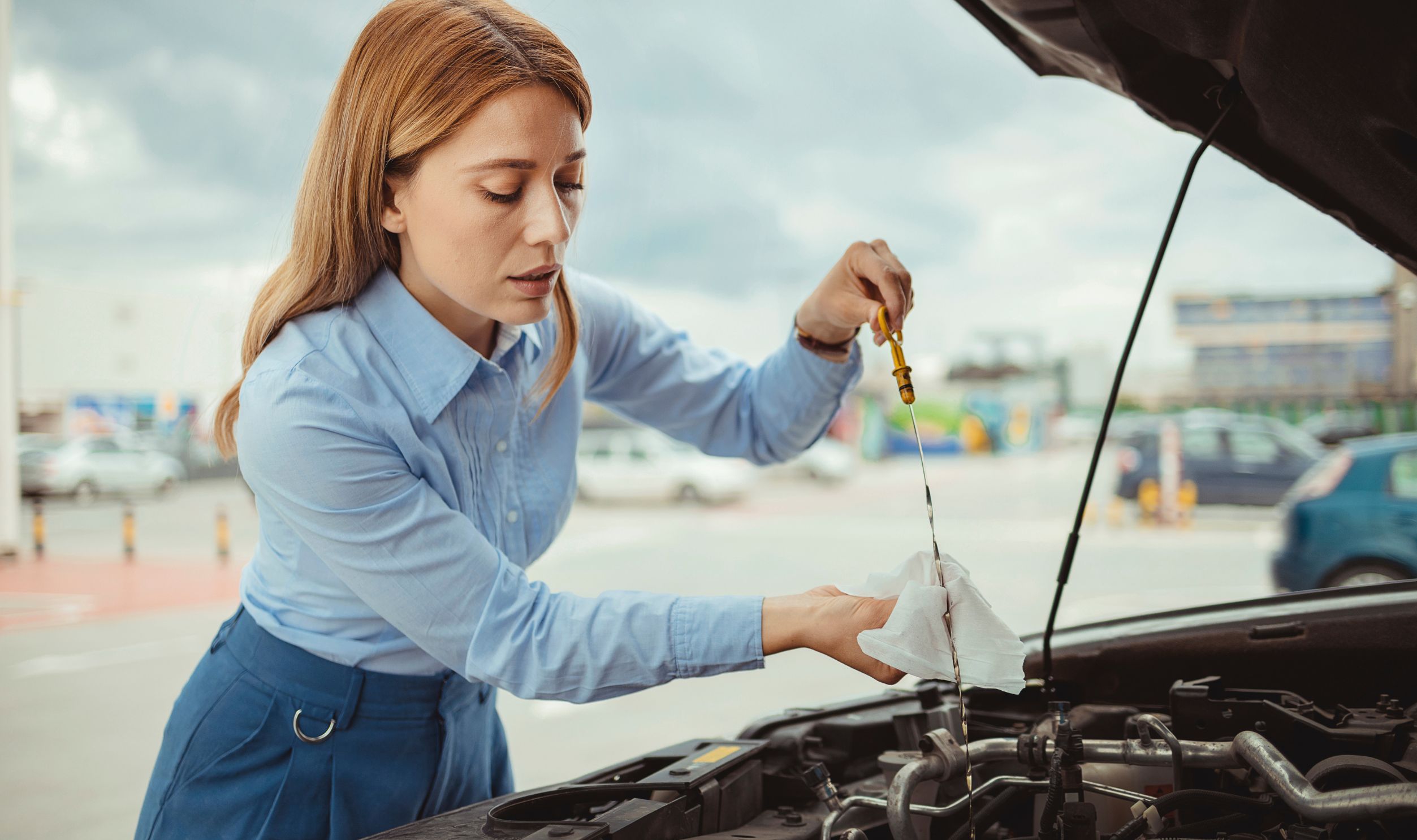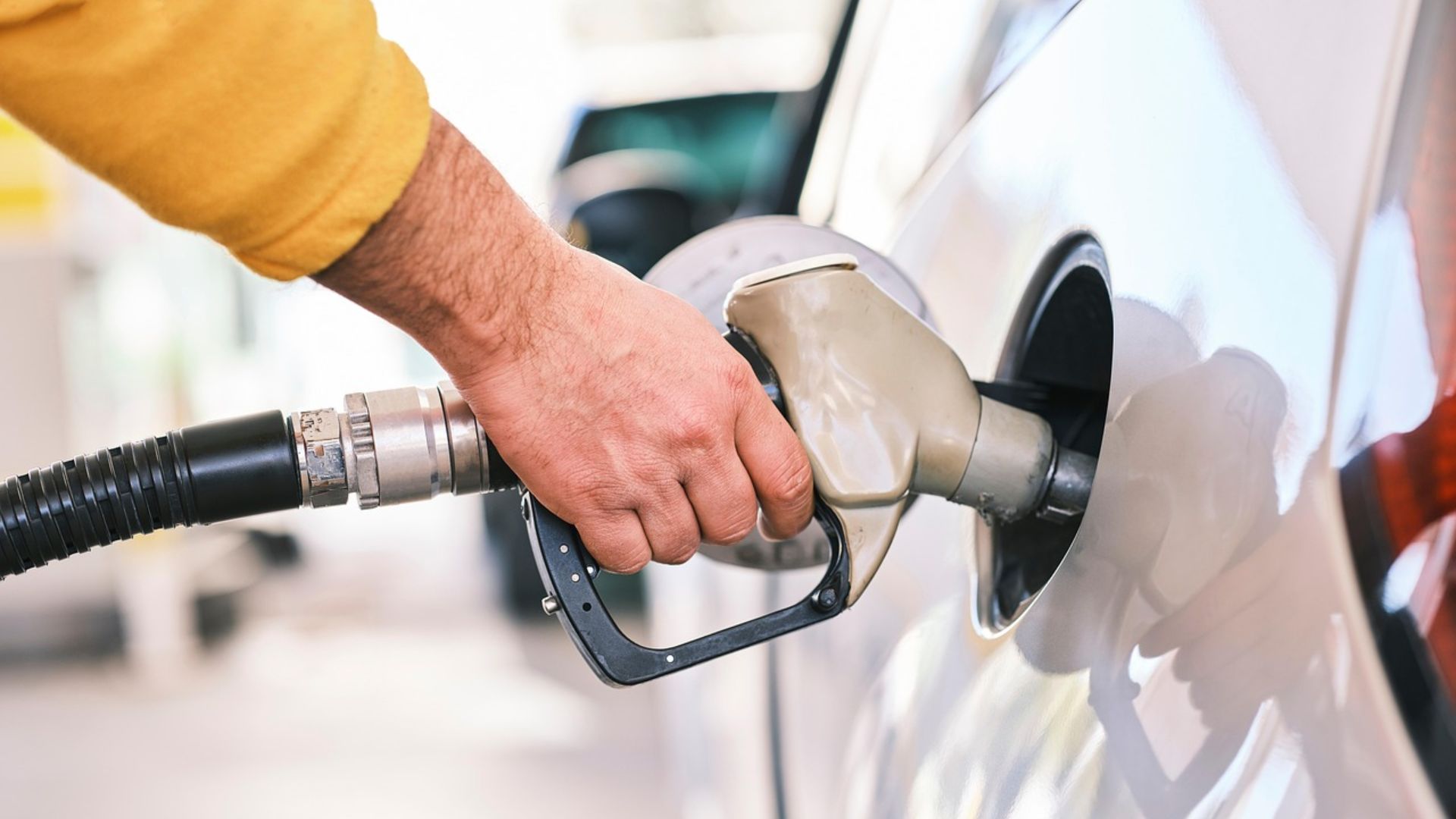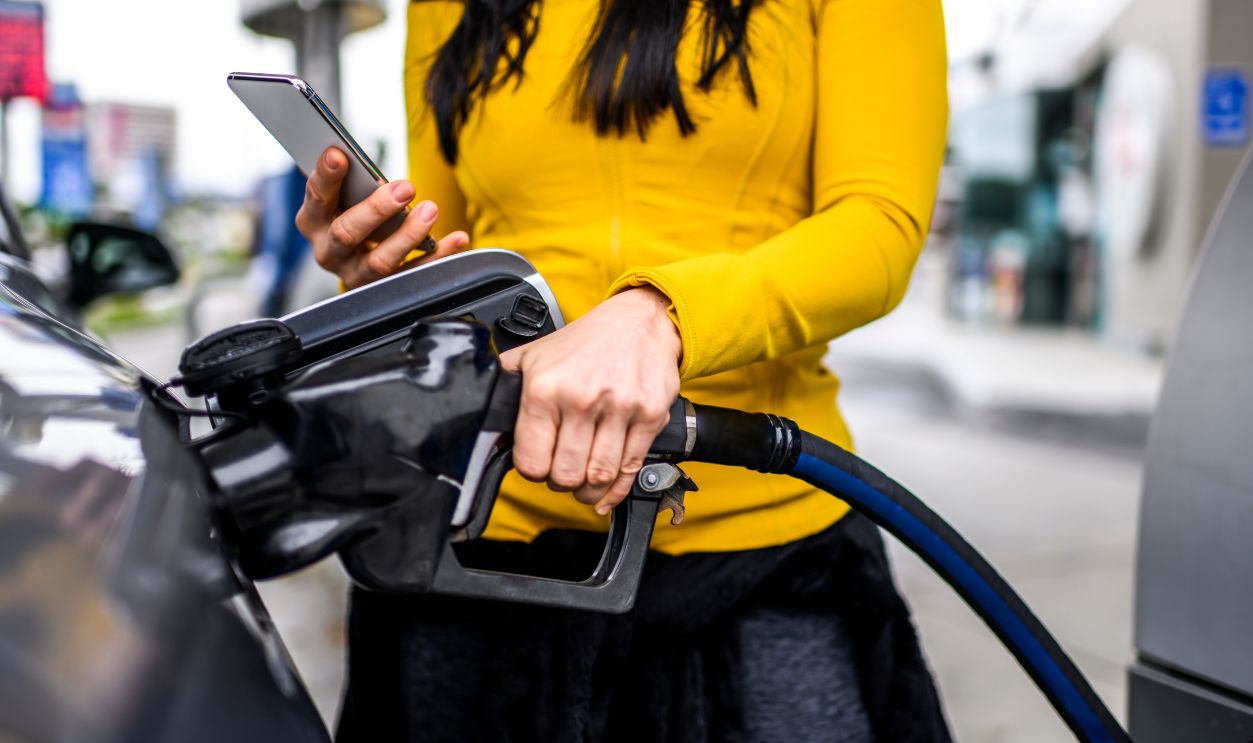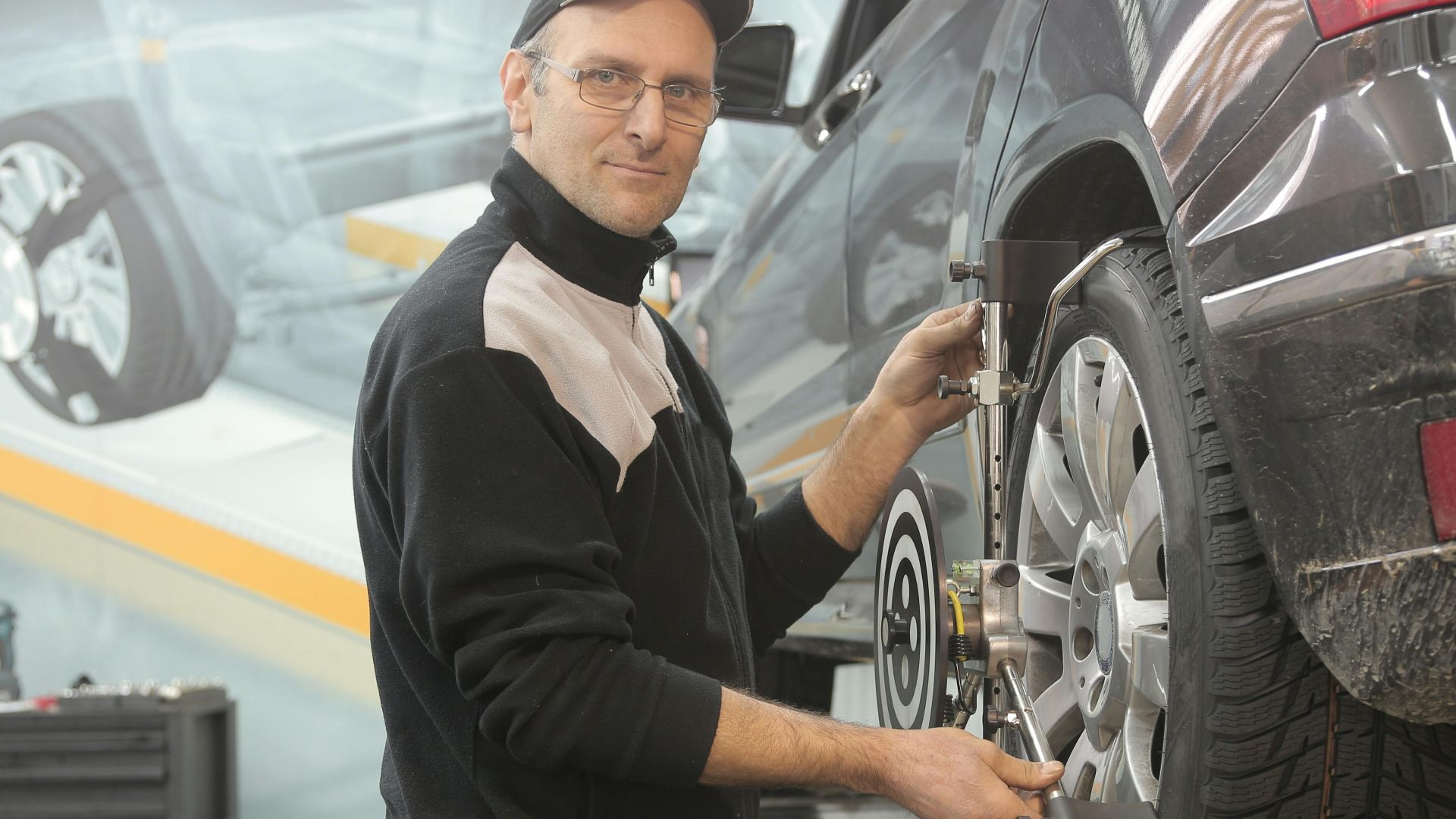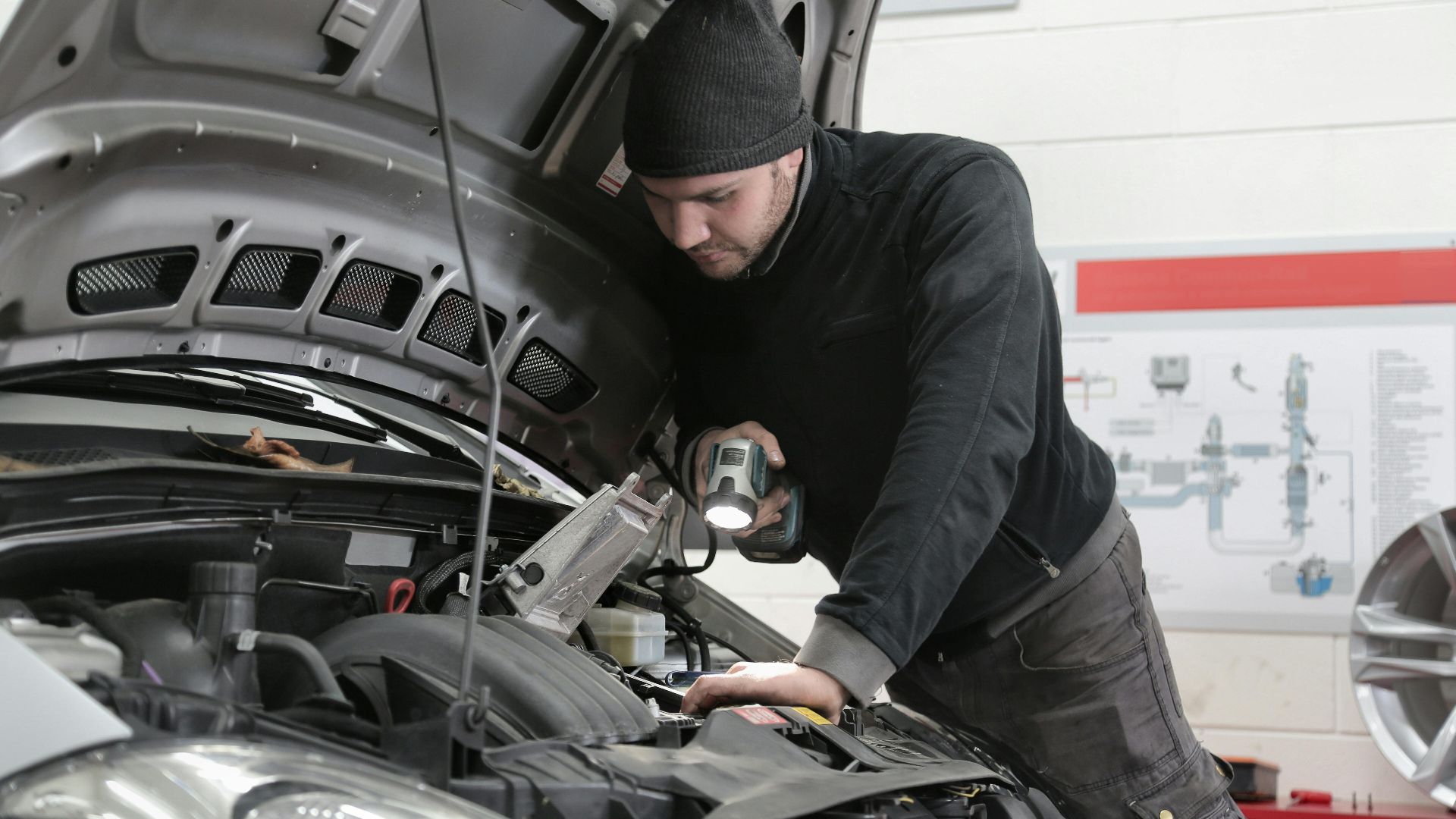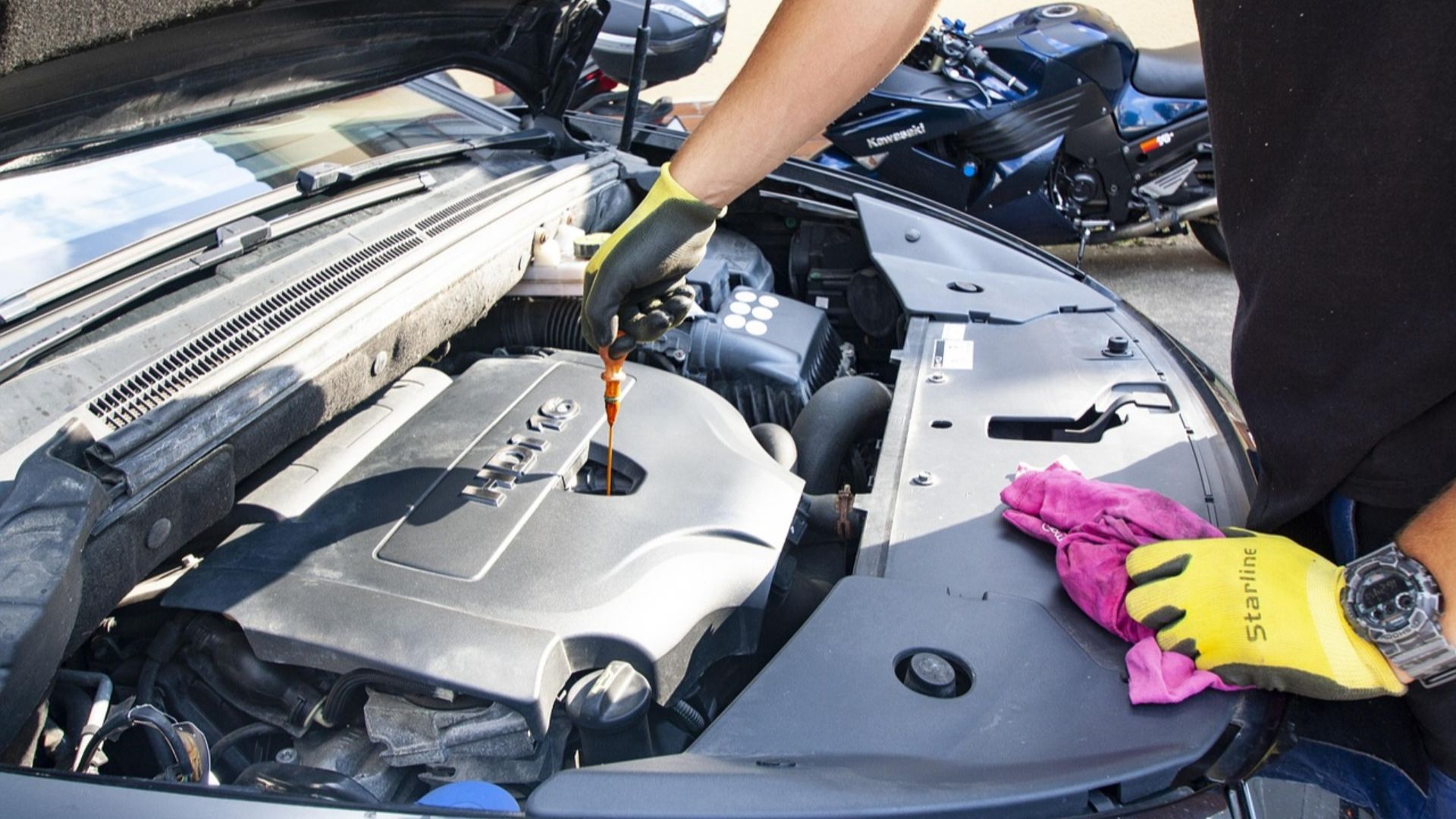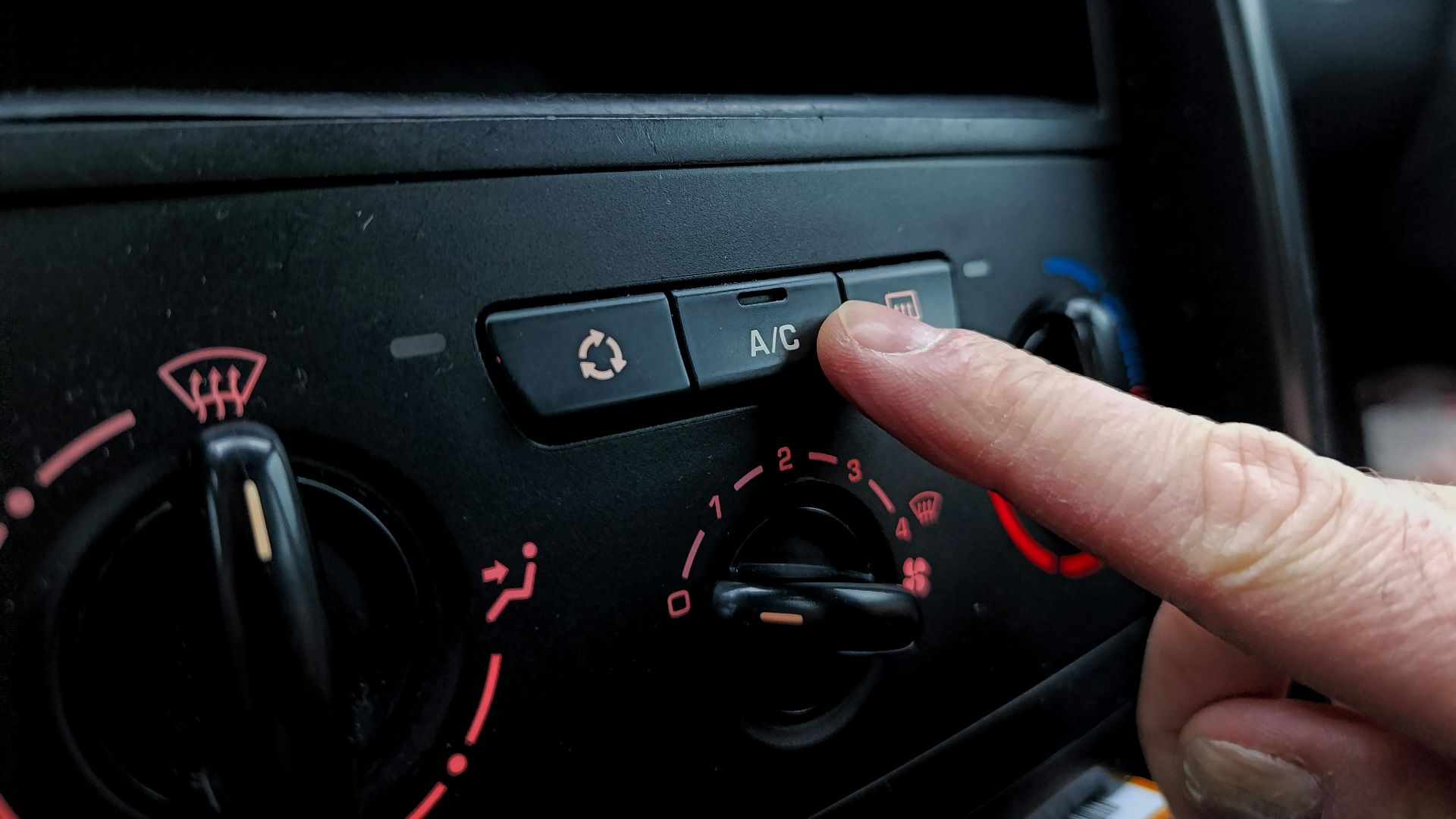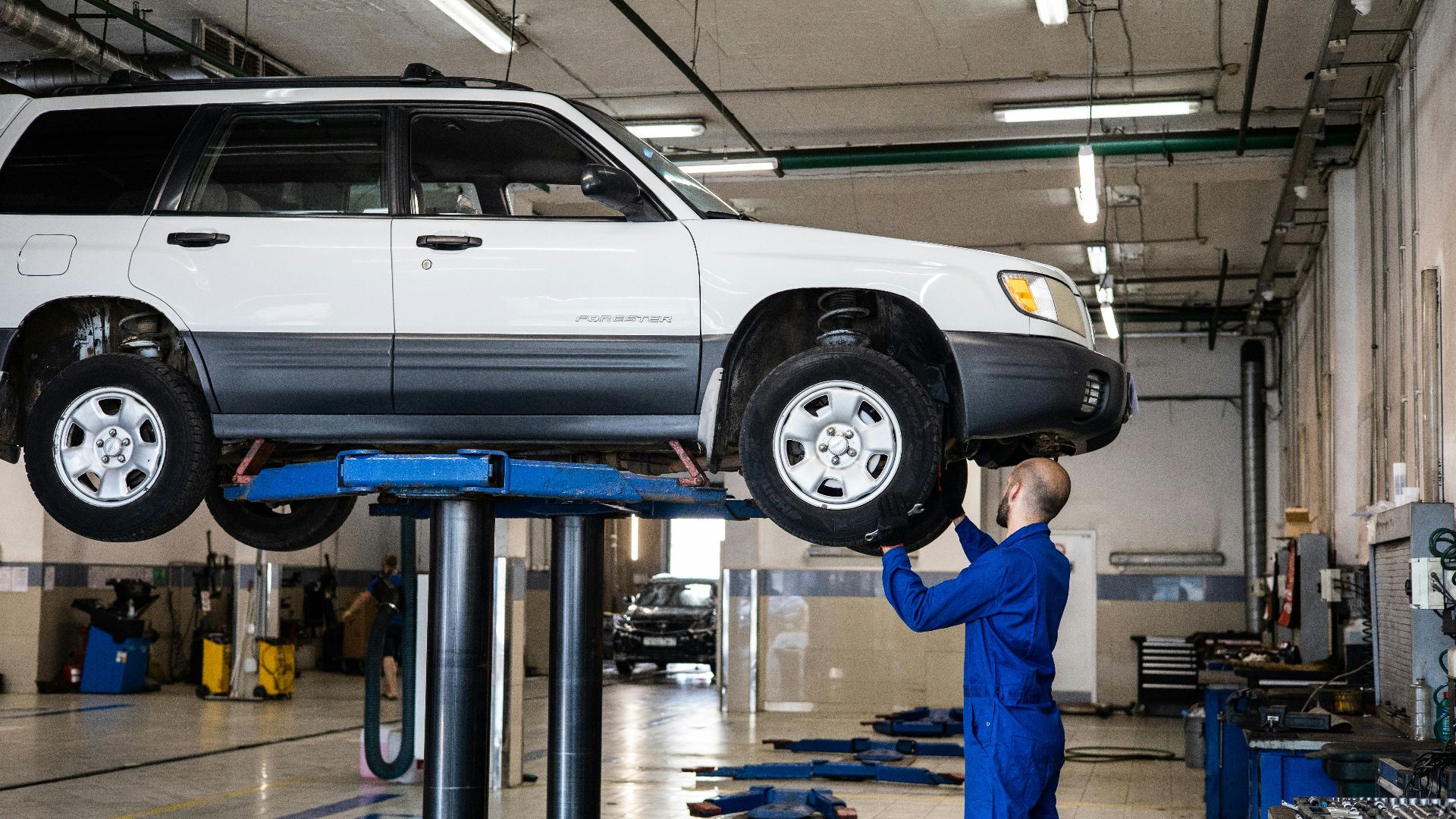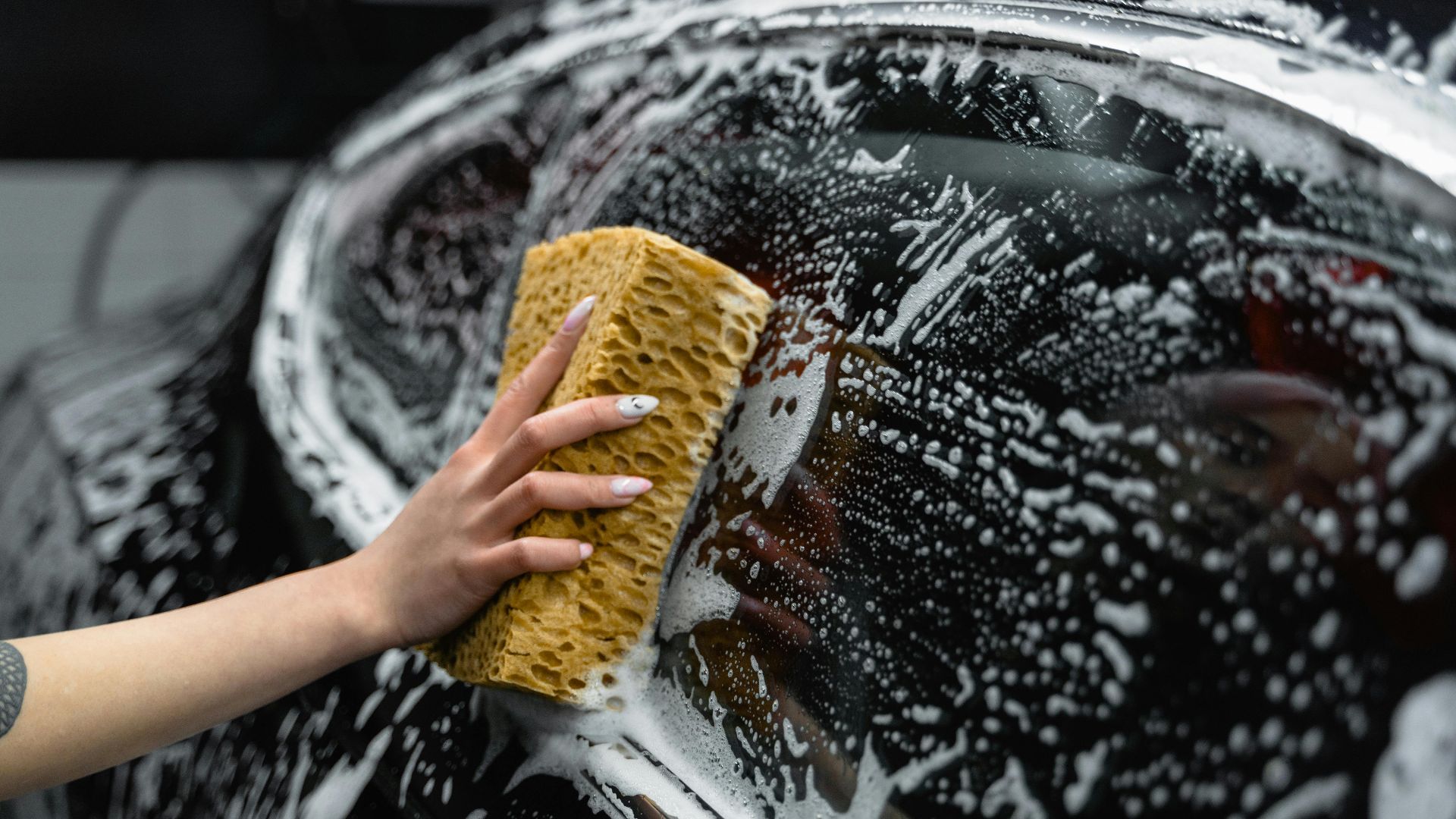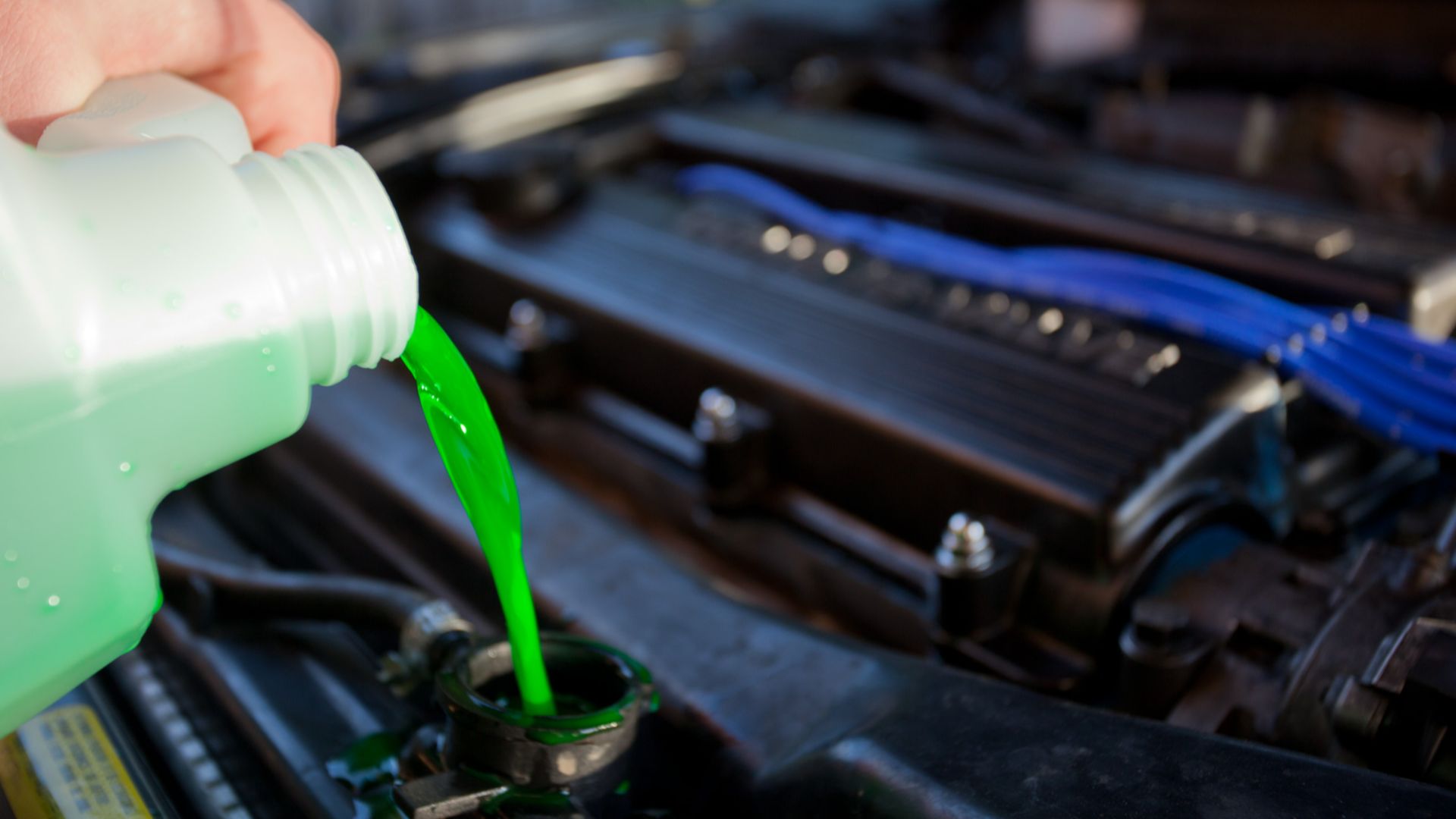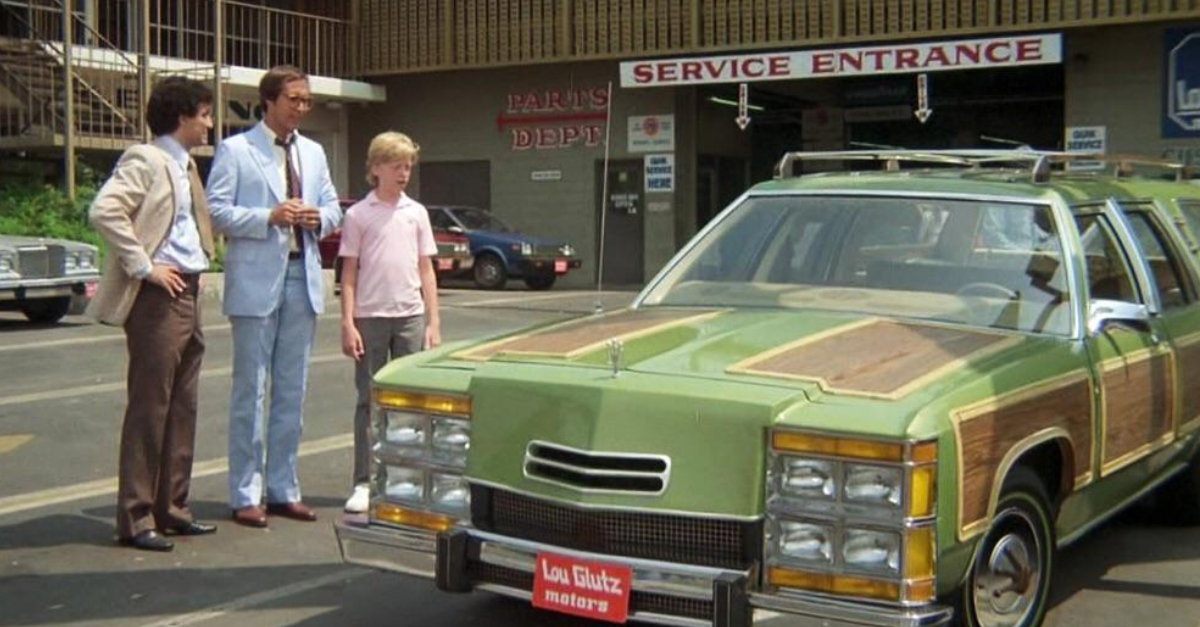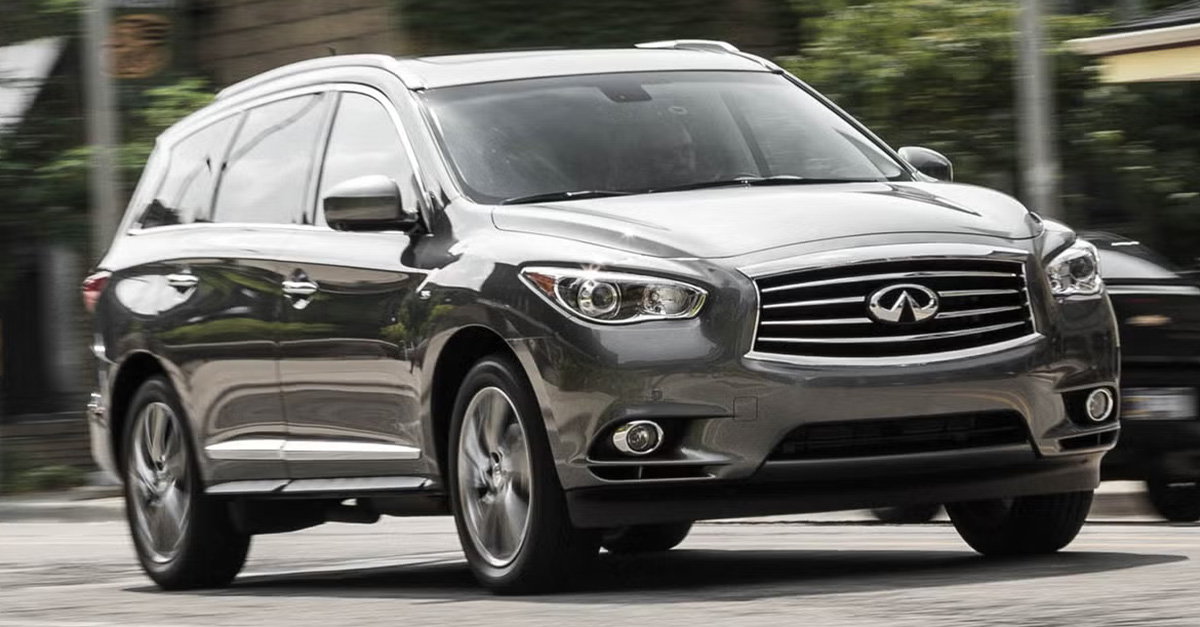Introduction
As a car owner, you’ve no doubt heard many so-called 'truths' about vehicle maintenance handed down through the years. But it turns out that a lot of these common beliefs are either outdated or just plain wrong. We examine ten automotive myths mechanics love to debunk, and the facts that can save you time, money, and aggravation.
Myth #1: You Need To Change Your Oil Every 3,000 Miles
For decades, it was standard advice to change your oil every 3,000 miles. Many still treat this figure as gospel, believing frequent oil changes prevent engine wear and extend vehicle life. But with advances in engine design and oil quality, the old rule doesn’t necessarily apply anymore.
Why It's Wrong
Modern engines and synthetic oils last much longer than they used to. Many automakers now recommend oil change intervals between 5,000 and 10,000 miles. Always follow your owner’s manual instead of outdated advice, as changing your oil too frequently wastes money and resources for no tangible benefit.
Myth #2: Premium Fuel Improves Performance In Any Car
Some drivers believe that filling up with premium gas gives better performance and longer engine life. The assumption is that higher octane equals higher quality and power, even if the car’s manufacturer doesn’t explicitly state it.
Why It's Wrong
Premium fuel only benefits engines specifically designed for it. Using higher-octane fuel in a regular engine won’t improve horsepower or efficiency. It will just cost you more money. Unless your manual calls for premium, regular unleaded is perfectly fine and safe for your vehicle.
Myth #3: You Must Warm Up Your Car Before Driving In Winter
In cold weather, many people start their cars and let them idle for several minutes, believing this helps the engine warm up and run smoother. They assume it’s better for the engine to idle before moving.
Why It's Wrong
Modern fuel-injected engines don’t need long idling periods. Idling just burns more fuel and adds unnecessary engine wear. The best way to warm up your car is just to drive it gently for the first few minutes until all the components reach optimal temperature more efficiently.
Myth #4: You Should Replace All Four Tires At The Same Time
Some drivers think replacing tires one or two at a time is unsafe or bad for the car’s handling. They think all four must be swapped simultaneously to maintain even wear and performance.
Why It's Wrong
While all-wheel-drive vehicles may require matching tire sets, many cars can safely replace just the worn tires. Mechanics often recommend replacing pairs on the same axle if the tread wear of the two is similar, but as long as the new tires match the type and size of the others, full replacement isn’t necessary.
Myth #5: Engine Flushes Are Essential At Every Service
Shops often try to upsell engine flushes as a necessary maintenance step, suggesting they remove harmful buildup and improve performance. A lot of drivers think refusing this service runs the risk of serious damage.
Why It's Wrong
Frequent flushes aren’t needed in well-maintained engines. Regular oil changes will already do a lot to prevent sludge buildup. Over-flushing can even knock debris loose and cause leaks. Unless your manufacturer specifically recommends it, you can pass on this expensive, unnecessary service.
Myth #6: Air Conditioning Uses More Fuel Than Rolling Down The Windows
Many people think that using air conditioning drastically reduces gas mileage, so they roll down the windows instead, especially at low speeds, to save fuel.
Why It's Wrong
At highway speeds, open windows create a lot of aerodynamic drag, often negating any savings from turning off the A/C. For best efficiency, use A/C on highways and windows at low speeds. Modern systems are much more fuel-efficient than the ones you see in older cars.
Myth #7: You Should Always Use Dealerships For Maintenance
Some car owners have it in their heads that going anywhere besides a dealership voids their warranty or risks poor workmanship. They believe only brand-certified technicians can handle their car’s repairs properly.
Why It's Wrong
Independent shops can do maintenance and repairs without voiding warranties, as long as they follow the manufacturer’s specifications. Thanks to the Magnuson-Moss Warranty Act, you’re free to choose qualified mechanics and save money without skimping on quality or losing warranty coverage.
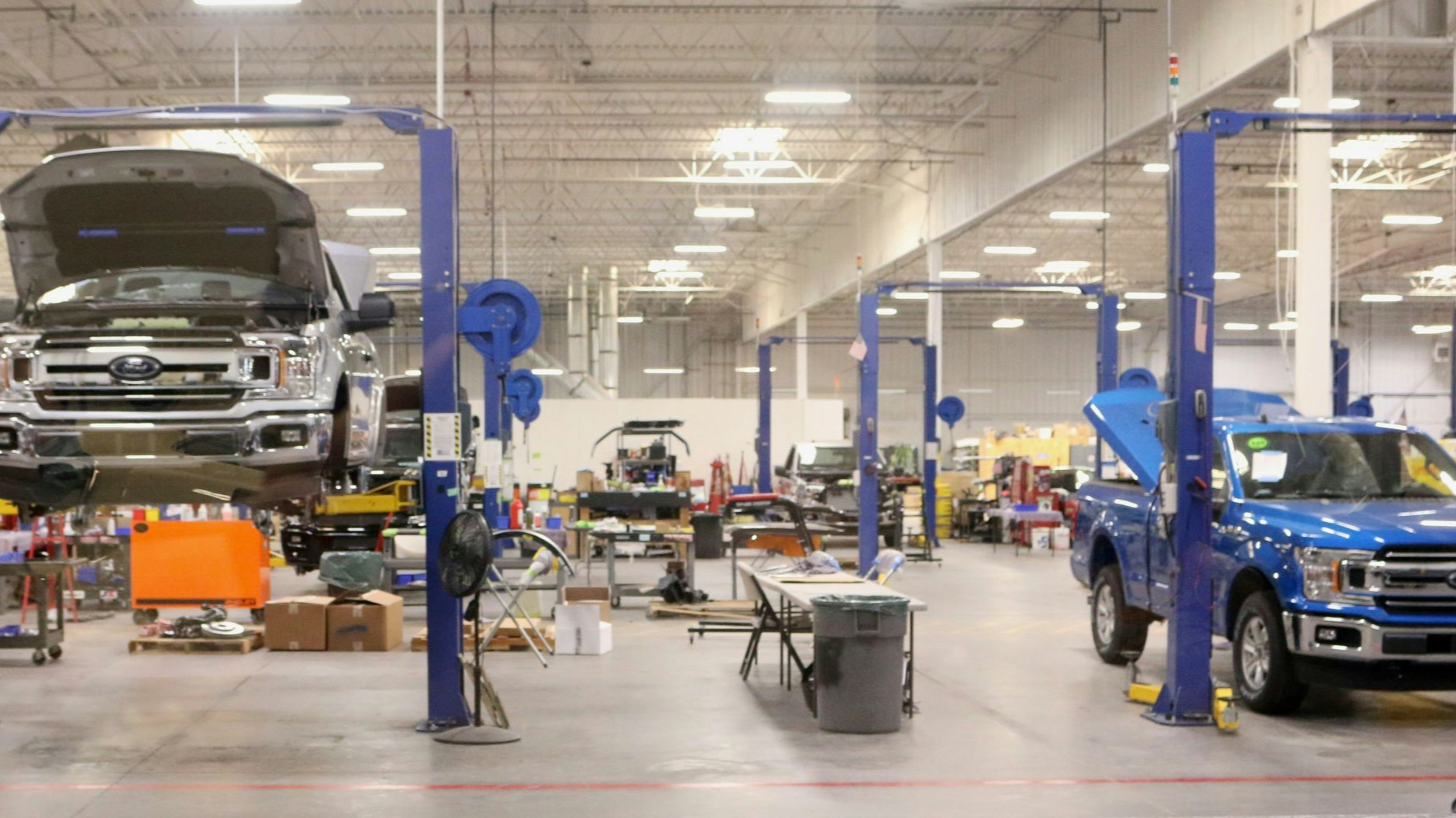 Laurel and Michael Evans, Unsplash
Laurel and Michael Evans, Unsplash
Myth #8: You Can Wash Your Car Too Often
Many drivers have the idea that washing the car too often wears out the paint or clear coat. They assume fewer washes help preserve the car’s exterior over time.
Why It's Wrong
Regular washing always protects your car’s finish by removing dirt, road salt, and debris that can cause corrosion. The key here is to use the proper tools and gentle cleaners. Avoid using harsh brushes and automatic washes with abrasive rollers.
Myth #9: Red Coolant And Green Coolant Are Interchangeable
Drivers sometimes top off their coolant without checking what type is already in the radiator, under the assumption that all antifreeze works the same. Mixing colors seems harmless but can actually be problematic.
Why It's Wrong
Coolant types vary in their chemistry and lifespan. Mixing incompatible formulas can reduce the coolant’s effectiveness, cause sludge buildup, or damage your system. Always use the coolant specified in your owner’s manual and don’t mix colors or brands unnecessarily.
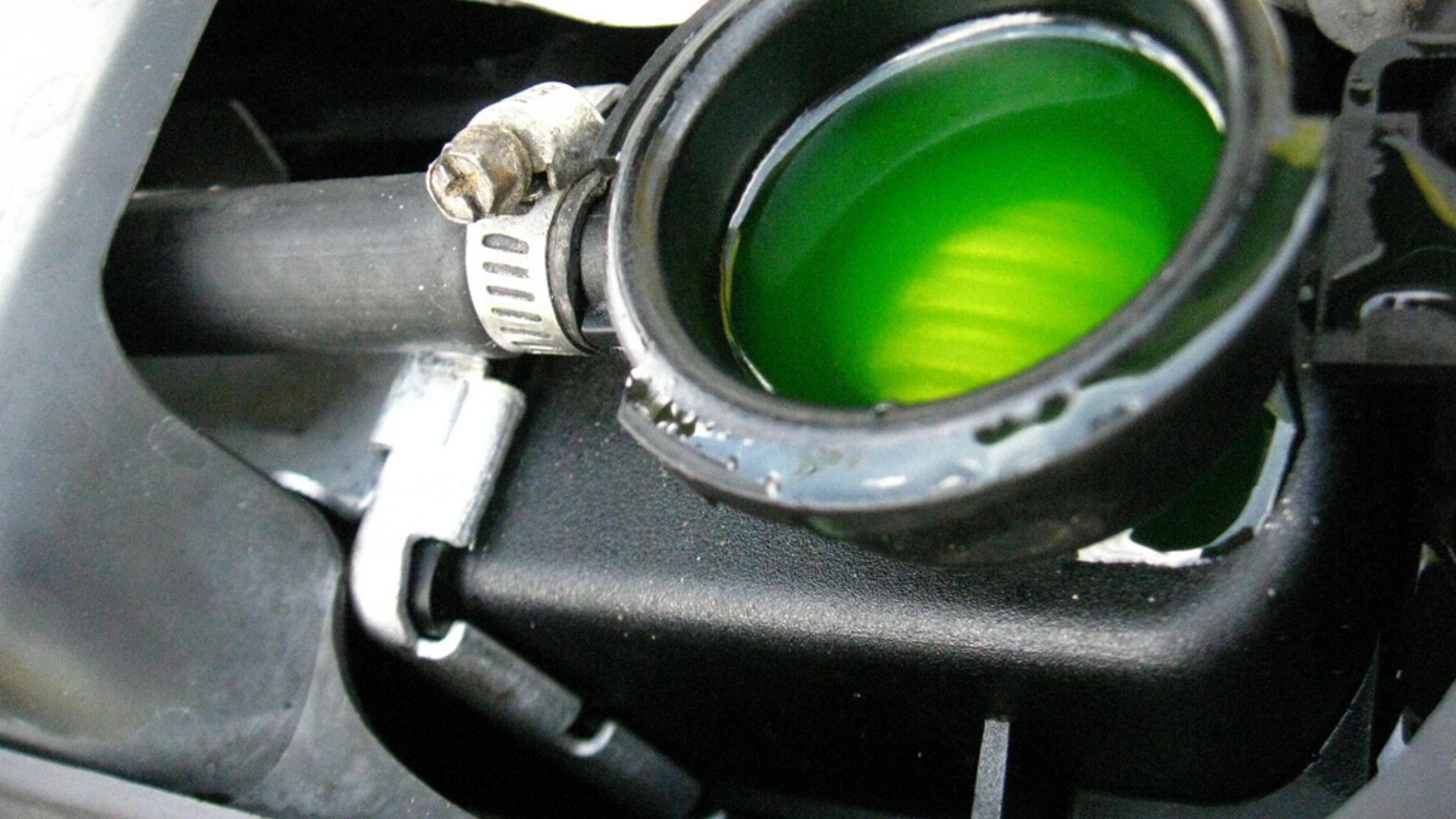 EvelynGiggles, Wikimedia Commons
EvelynGiggles, Wikimedia Commons
Myth #10: You Can Skip Scheduled Maintenance If The Car Runs Fine
Many people assume that if a vehicle is running smoothly, it doesn’t need servicing. They see scheduled maintenance as optional, especially when there are no apparent problems.
Why It's Wrong
Preventive maintenance is essential for avoiding costly breakdowns. Issues like worn out belts, fluids, and filters often go unnoticed until they fail. Following the manufacturer’s maintenance schedule ensures longevity, safety, and optimal performance.
You May Also Like:
Major Red Flags To Watch For When Buying A Used Car
We Listen To Mechanics, And They Say They Would Never Do These Things To Their Cars

